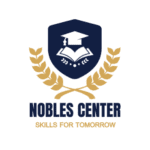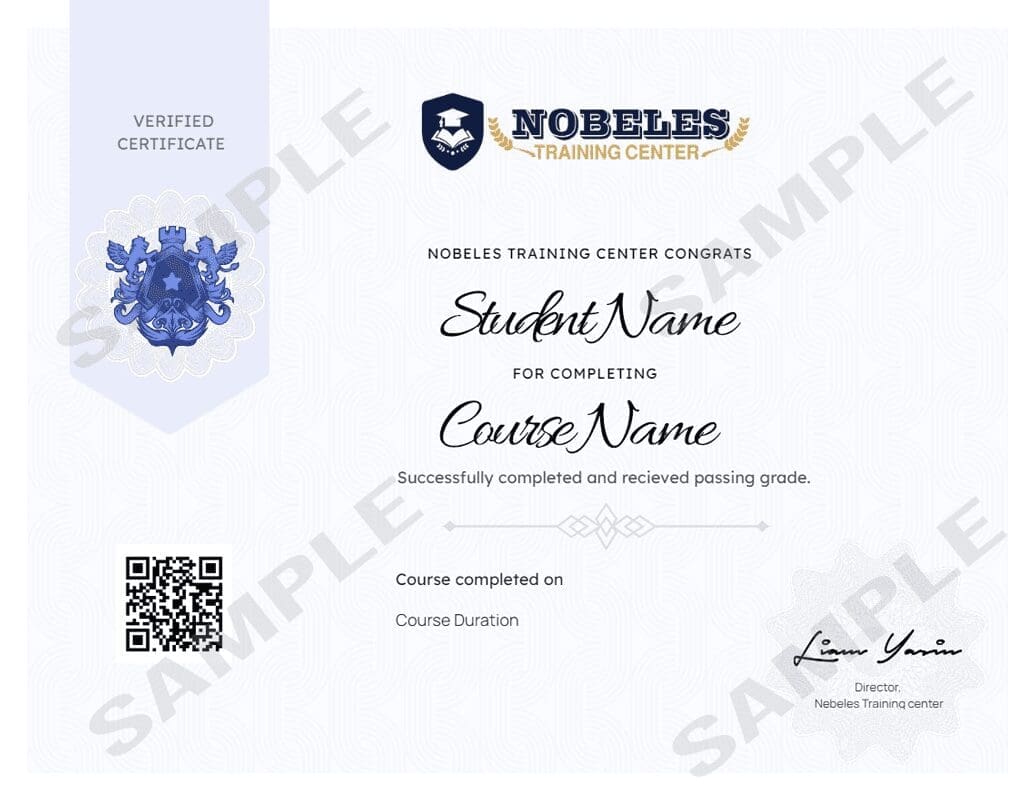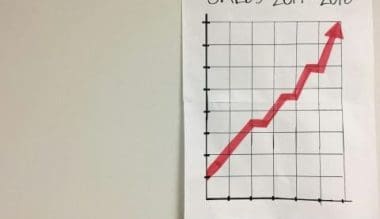Description
Curriculum
Instructor
The term “high performance teams” has become a frequently used buzzword. It is easy to talk about high performance teams, but what are they, how are they formed, and what benefits do they provide? The material in this guide will help you find the answers to these questions and develop your own high-performance teams.
Please enter your name and email to view the content:
Curriculum
- 11 Sections
- 11 Lessons
- 8 Hours
Expand all sectionsCollapse all sections
- The Benefits of High Performance TeamsHigh-performance teams enhance productivity, foster innovation, improve problem-solving, strengthen collaboration, increase employee engagement, promote accountability, and drive organizational success by leveraging diverse skills and perspectives for better outcomes.1
- Challenges of High Performance TeamsChallenges of high-performance teams include managing diverse personalities, navigating conflicts, maintaining clear communication, aligning goals, ensuring accountability, handling workload pressures, and sustaining motivation in fast-paced or changing environments.1
- How to Build and Lead High Performance TeamsBuilding and leading high-performance teams involves setting clear goals, fostering open communication, encouraging collaboration, providing resources and training, recognizing achievements, cultivating trust, and empowering team members to take initiative.1
- Characteristics of High Performance TeamsHigh-performance teams exhibit clear goals, strong communication, mutual trust, diverse skill sets, accountability, effective conflict resolution, shared leadership, commitment to continuous improvement, and a focus on results and collaboration.1
- Roles of an Effective Team LeaderAn effective team leader inspires and motivates, sets clear expectations, facilitates communication, fosters collaboration, provides feedback, resolves conflicts, supports professional development, and ensures alignment with organizational goals and values.1
- Leading High Performance Teams (I)Leading high-performance teams involves establishing a vision, promoting a collaborative culture, empowering members, providing constructive feedback, celebrating successes, and continuously adapting strategies to enhance performance and achieve goals.1
- Leading High Performance Teams (II)Effective leadership of high-performance teams requires building trust, encouraging innovation, leveraging individual strengths, maintaining open communication, addressing challenges proactively, and fostering a supportive environment that prioritizes team growth and development.1
- Ideas for Motivating High Performance TeamsTo motivate high-performance teams, implement regular recognition programs, encourage autonomy, provide professional development opportunities, set challenging yet achievable goals, foster a collaborative environment, and offer meaningful rewards and team-building activities.1
- Steps to Retaining High PerformersRetaining high performers involves recognizing achievements, providing competitive compensation, offering growth opportunities, fostering a positive work environment, encouraging work-life balance, ensuring open communication, and regularly seeking feedback to enhance engagement.1
- Augmenting Team PerformanceAugmenting team performance involves enhancing collaboration through clear communication, setting measurable goals, providing necessary resources, implementing feedback loops, fostering a culture of accountability, and promoting continuous learning and skill development.1
- Post TestPost Test1
Nobles Center

5 Students146 Courses
Review
$225.00
0 student
11 lessons
Language: English
0 quiz
Assessments: Yes
Skill level All levels
Nobles Certificate
At the end of the course, you can download a copy of your certified certificate.
Nobeles Academy
Mobile Application
Download the Nobeles center mobile app from the app app store, click the button below
Courses you might be interested in
Coaching is not just for athletes. More and more organizations are choosing to include coaching as part of their instruction. Coaching salespeople, when done correctly, will not only increase sales,...
-
0 Lessons
$295.00
In today’s business world, it is imperative to push the envelope if you want to increase productivity, without letting your product suffer. Assembling a high performance team of well-trained remote...
-
11 Lessons
$225.00
In the age of online shopping and technology, in-person sales can easily be ignored. Do not overlook; however, the importance of personal contact. You never know when or where you...
-
11 Lessons
$225.00
Sales can be a tough job, and it can be hard to keep your sales team motivated to pursue leads and close deals day after day. Rejection is sometimes part...
-
11 Lessons
$250.00






